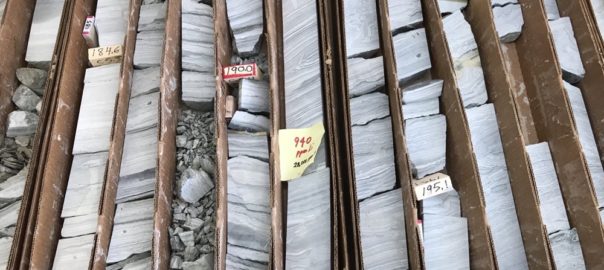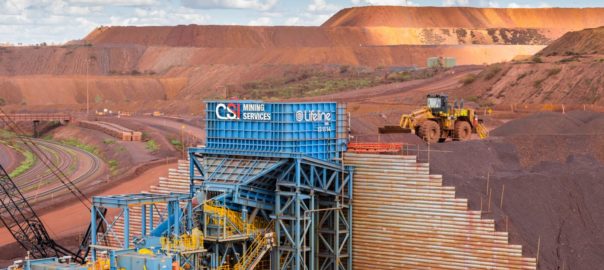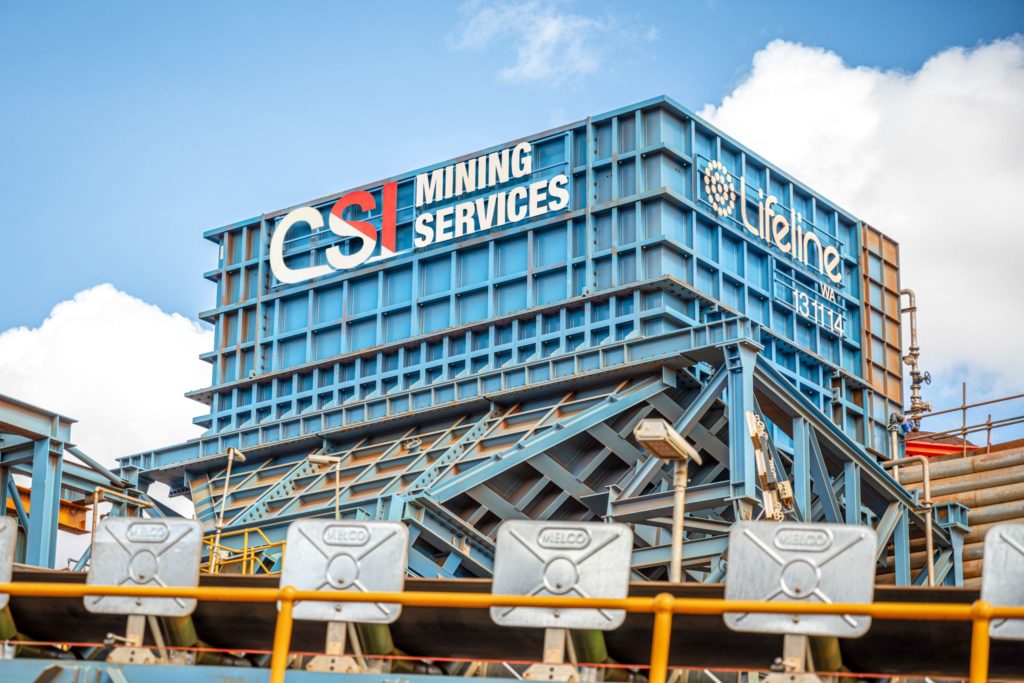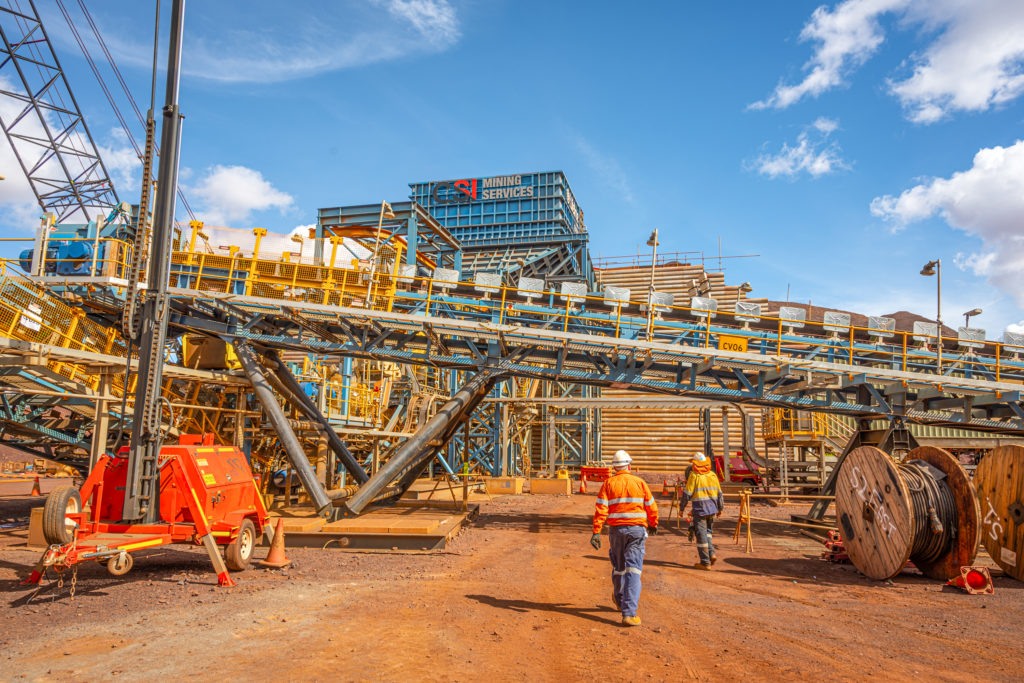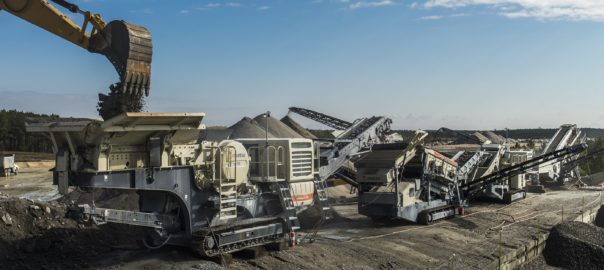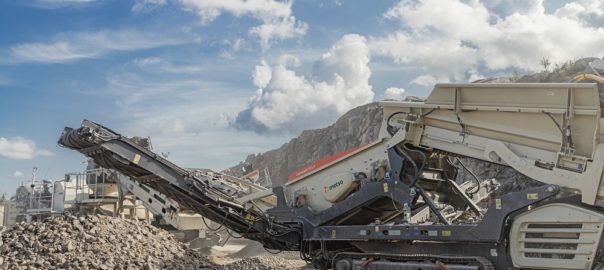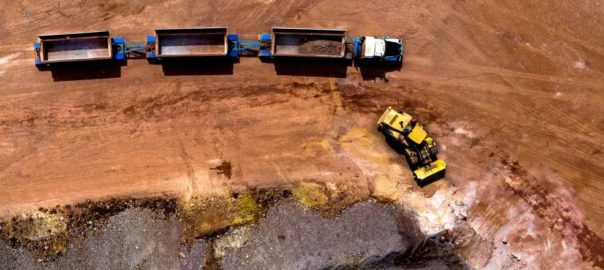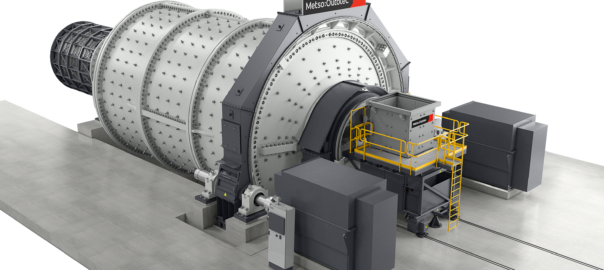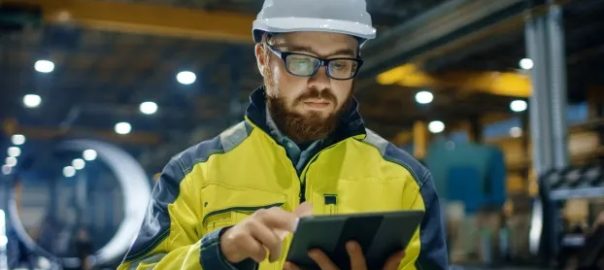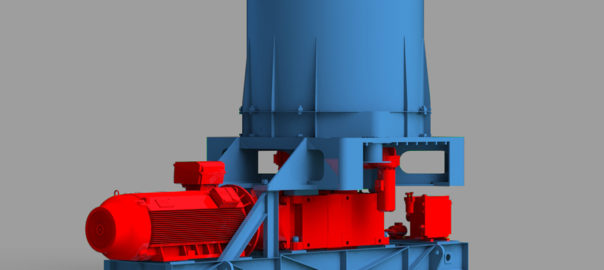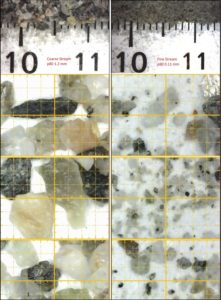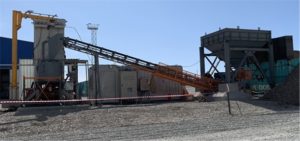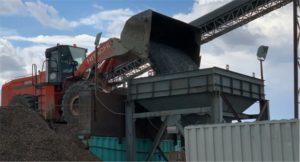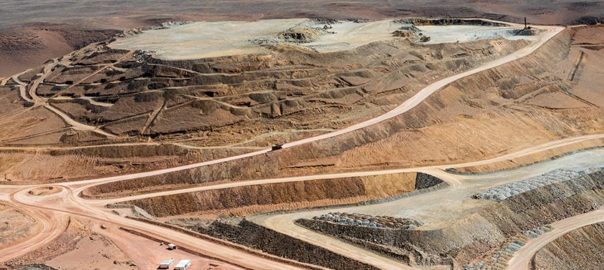ioneer Ltd has awarded a major engineering and equipment supply contract to FLSmidth for the development of the Rhyolite Ridge lithium-boron project in Nevada, USA.
The contract has been awarded on a limited notice to proceed (LNTP) basis, with the supply of the equipment packages being conditional on a final investment decision on the project by ioneer’s Board of Directors.
Under the contract, FLSmidth has commenced work on product engineering for the equipment packages, which include crushing and material handling equipment, plus lithium carbonate and boric acid dryers.
FLSmidth, Ioneer says, has significant experience in providing technology, equipment, engineering and services expertise to the battery minerals sector. It has a strong US presence and is committed to improving project efficiency while reducing environmental impacts on site.
FLSmidth has also introduced ioneer to Denmark’s Export Credit Agency (EKF) regarding potential financing options.
ioneer Managing Director, Bernard Rowe, said: “The contract with FLSmidth is one of the more significant supply packages we will award at Rhyolite Ridge and represents another step in the development of the project.
“FLSmidth is focused on providing environmentally sound engineering and technology solutions. This aligns with ioneer’s ambition to not only produce materials necessary for electric vehicles and renewable energy infrastructure, but to do so in an efficient and environmentally responsible manner through lowered emissions, significantly reduced water usage and a small surface footprint.”
FLSmidth Mining President, Mikko Keto, said: “This contract provides clear recognition of our experience, know-how, and world-class technologies for processing lithium. It is also important to note that our localised approach and strength in service and aftermarket were important factors for ioneer when it came to choosing a partner.”
The lithium and boron resource at Rhyolite Ridge is estimated at 146.5 Mt, including a reserve of 60 Mt. The company expects to mine and process 63.8 Mt over the 26-year mine life at an average annual rate of 2.5 Mt/y. This will see it produce, on average, 22,340 t of lithium carbonate (99% purity) (years 1 to 3), 21,951 t of lithium hydroxide (99.5% purity) (year four onward) and 174,378 t boric acid (life of quarry).







